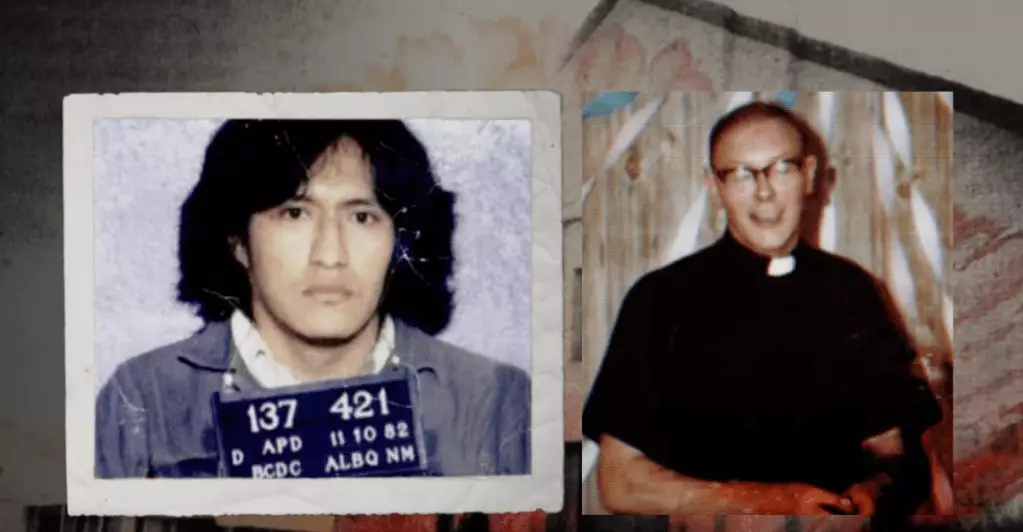The heart-wrenching story behind the documentary “Night in West Texas” serves as a stark reminder of the inadequacies within the American justice system and the real-world consequences of societal prejudices. Centered around the tragic fate of Father Patrick Ryan, a closeted gay Catholic priest found murdered in Odessa, Texas, the film delves into the haunting legacy of a wrongful conviction that spanned two decades. It shines a glaring light on the intersection of discrimination, law enforcement failures, and the relentless pursuit of justice by the wrongfully accused.
While documenting the journey of James Harry Reyos, the man wrongfully convicted of the crime, the film exposes how racial, sexual, and cultural biases can warp legal proceedings and result in dire injustices. Reyos’s story is not merely a reflection of one mistake; it encapsulates a systemic failure where personal biases overshadowed the quest for truth.
Tackling Prejudice in Law Enforcement
In Odessa, a town steeped in oil wealth and social conservativeness, Reyos was earmarked as the perfect scapegoat due to his ethnicity and sexual orientation. The documentary lays bare the ugly underbelly of a community that, influenced by homophobia and racism, effectively labeled Reyos as a “throwdown character” — an expendable individual created in the eyes of a biased system. This dehumanization illustrates how easily the marginalized can become victims of a flawed justice system.
Deborah Esquenazi, the acclaimed filmmaker behind this project, highlights these very aspects with poignant detail. She reveals how the assumptions made by law enforcement not only led to the wrongful conviction of an innocent man but also contributed to the erosion of trust between the community and the police. The film compels viewers to reckon with the unsettling realization that biases can dictate investigations, leading to convictions based on flawed logic rather than hard evidence.
A Groundbreaking Reopening of the Case
The turning point in Reyos’s story came with the appointment of Mike Gerke as police chief in 2017. His commitment to justice was reignited after a conversation with his daughter-in-law, who introduced him to the broader implications of Reyos’s conviction via popular true-crime podcasts. This moment highlights the power of storytelling and the potential it holds to spur change and uncover hidden truths—an essential theme throughout Esquenazi’s work.
The reinvestigation into Reyos’s case revealed a shocking oversight: critical evidence, such as latent bloody fingerprints from the crime scene, had never been examined using advanced forensic technology. This oversight emphasizes a crucial point: that the interrogation of evidence and facts should always take precedence over biases and assumptions. The tension that unfolds as new suspects emerge rekindles hope for Reyos’s exoneration, indicating that the truth can sometimes be unearthed even years after the initial failure.
The Role of Advocacy in Justice
As the film progresses, the involvement of the Innocence Project of Texas becomes another central figure in Reyos’s fight for justice. Led by Allison Clayton and her dedicated team of law students, their efforts further illuminate the pivotal role of advocacy in challenging wrongful convictions. Advocacy in the legal realm serves as a powerful tool, not just for individuals, but for entire communities seeking to address and rectify systemic injustices.
In essence, Esquenazi captures how Reyos’s story transcends the individual experience. It embodies a collective struggle against societal injustices that disproportionately affect vulnerable populations, particularly LGBTQ+ and Native American communities. Their combined efforts speak to resilience but also point to a critical need for systemic change in how justice is pursued and served.
The Broader Implications of Reyos’s Experience
“Night in West Texas” doesn’t just recount the narrative of James Harry Reyos; it challenges viewers to confront the prejudices woven into the fabric of the American legal system. The harrowing aspects of this tale resonate beyond the confines of Odessa, engaging audiences in a broader dialogue around equality, transparency, and morality in legal proceedings.
The film, ultimately, is not just a documentary about one man’s battle against a wrongful conviction; it pushes for recognition of the societal frameworks that allow such graver injustices to occur. In Esquenazi’s capable hands, Reyos’s journey transforms into a rallying cry for justice, urging collective action against the stereotypes and biases that continue to endanger countless lives.
